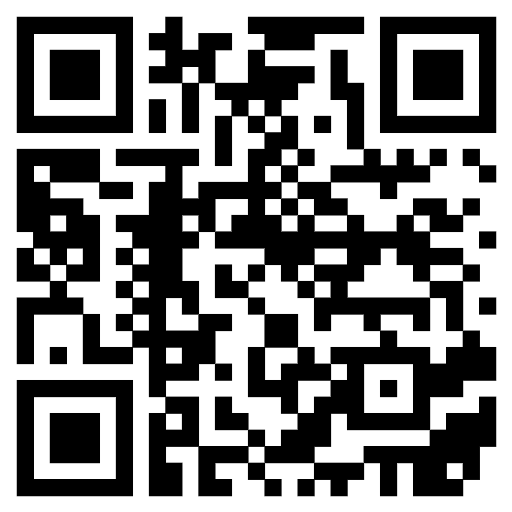The world is currently still overwhelmed with coronavirus family that resembles MERS-CoV and SARS-CoV. A new virus variant, SARS-CoV-2, appeared in China in 2019 and still creating a global pandemic. Scientists have developed traditional and innovative vaccine strategies to achieve herd immunity status and contain the viral spread. Gene-based vaccines that rely on viral vectors, RNA, and DNA can provoke both humoral and cell-mediated immune responses, supporting their potential usage in developing COVID 19 vaccines. FDA has authorized the use of RNA-based vaccines against SARS-CoV. This review aims to compare the available gene-based COVID-19 vaccine considering their administration methods, antigenic determinants, and delivery routes. It also highlights clinical trials summary of each vaccine technology along with its advantages and disadvantages. The study discusses the evolution of SARS-CoV-2 variant and compares this virus with its ancestor. Moreover, the study reviews critical elements of gene-based vaccine advances against several infectious diseases. In conclusion, this study is a guide for the progress of successful vaccines against future SARS-CoV-2 derivatives.
